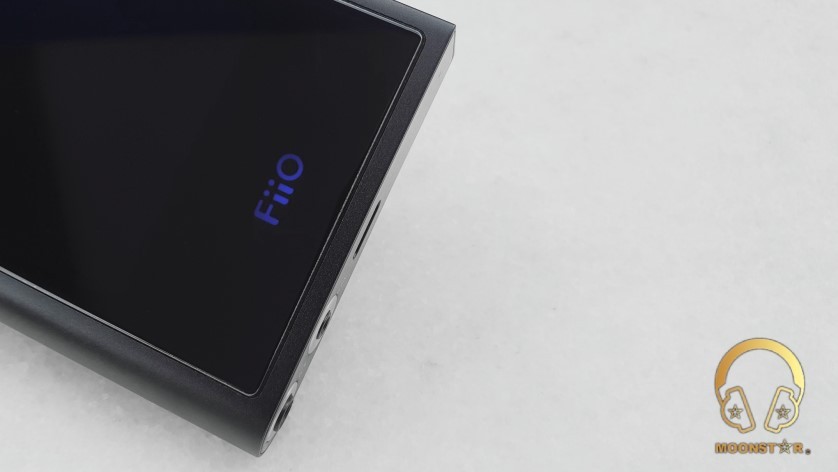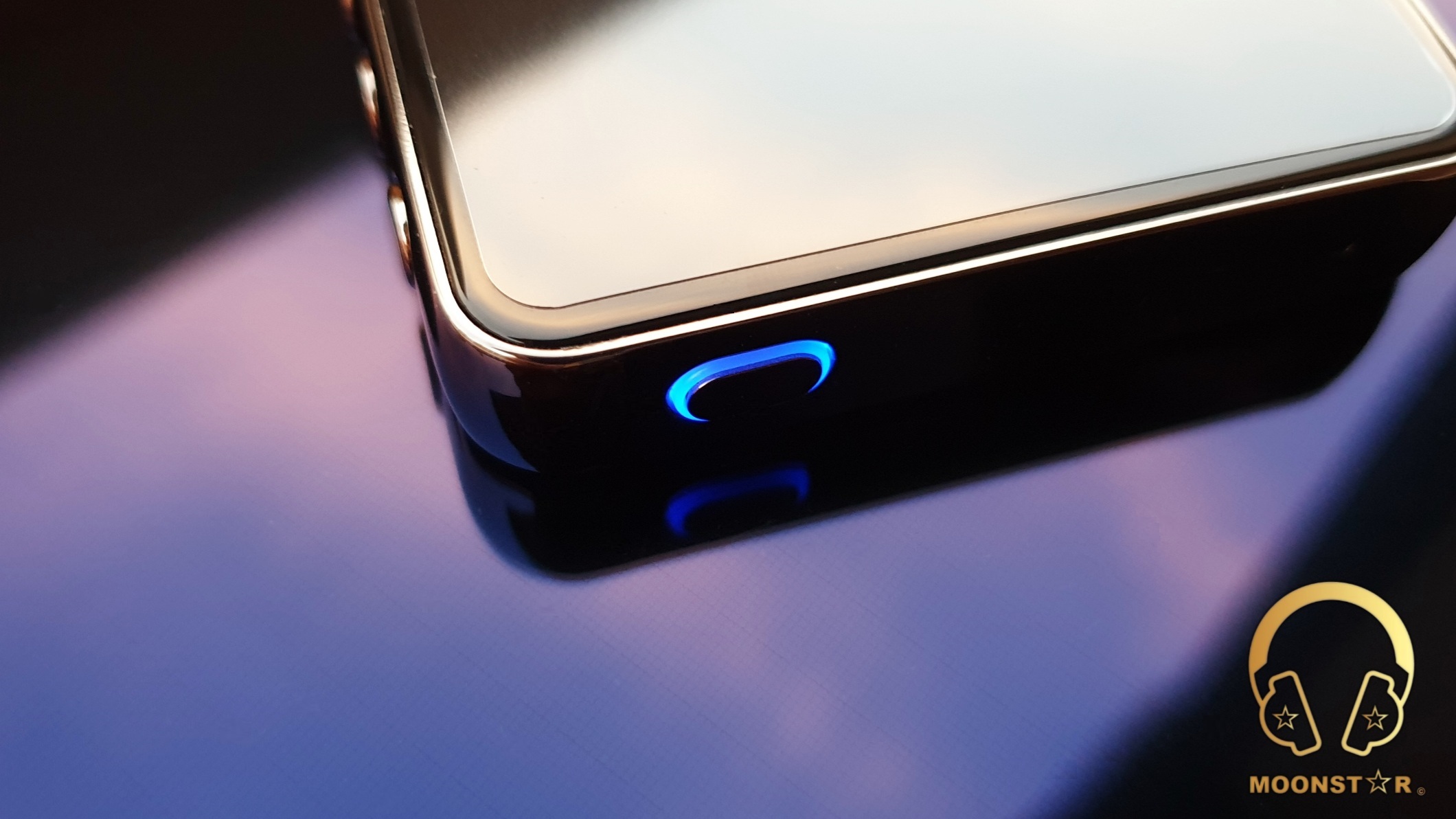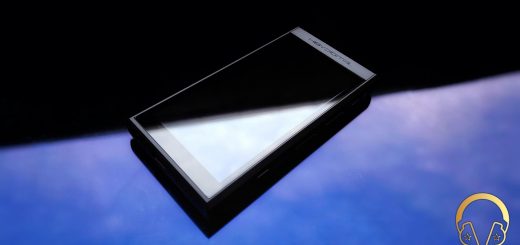HIDIZS AP80 Pro MAX Review
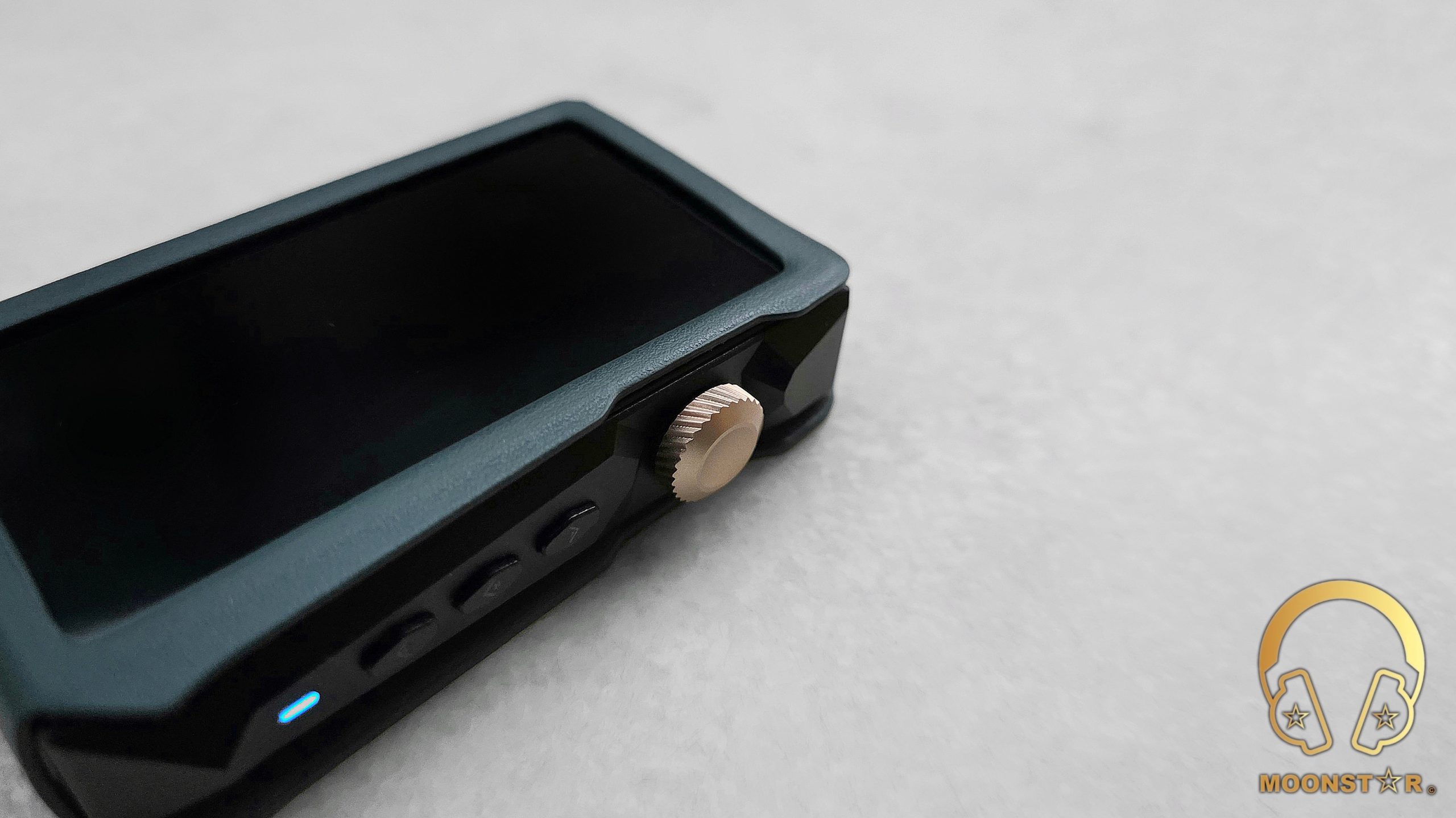
HIDIZS AP80 Pro MAX Review
Introduction:
HIDIZS, a brand known for its innovative approach to portable audio, collaborates with LINSOUL to bring the AP80 Pro Max, an all-in-one Hi-Res streaming music player designed to deliver exceptional sound quality in a compact package. This portable digital audio player (DAP) builds on HIDIZS’s legacy with upgraded features, including dual ES9219C DACs and advanced connectivity options. Supporting high-resolution audio formats such as DSD256, PCM up to 384kHz/32-bit, and MQA 16X unfolding, the AP80 Pro Max is powered by the Ingenic X1600E SoC and runs on the HiByOS operating system. Its 2.95-inch touchscreen interface and features like 2.4GHz Wi-Fi and Bluetooth 5.1 make it a versatile device for various listening scenarios. The co-branded design with LINSOUL adds a touch of modern elegance, available in sleek finishes.
This review will explore its design, features, sound characteristics, and overall performance.

Disclaimer:
I would like to thank HIDIZS for providing the AP80 Pro MAX as review sample for review purposes. I am not affiliated with Hidizs beyond this review and these words reflect my true, unaltered, opinions about the product.
Price & Availability:
The final retail price for the HIDIZS AP80 Pro MAX has been confirmed via its Kickstarter campaign. The full retail price is set at $239 USD. However, it is launching with an attractive early-bird price of $139 USD. Considering the player’s feature set, the full price offers good value, while the early-bird price is exceptionally compelling. More details can be found on the live Kickstarter page.
Package & Accessories:
The AP80 Pro MAX arrives in a pretty compact square shaped box that sports a minimalist design. The lid cleanly features the HIDIZS and LINSOUL co-branding alongside a clear image of the device.
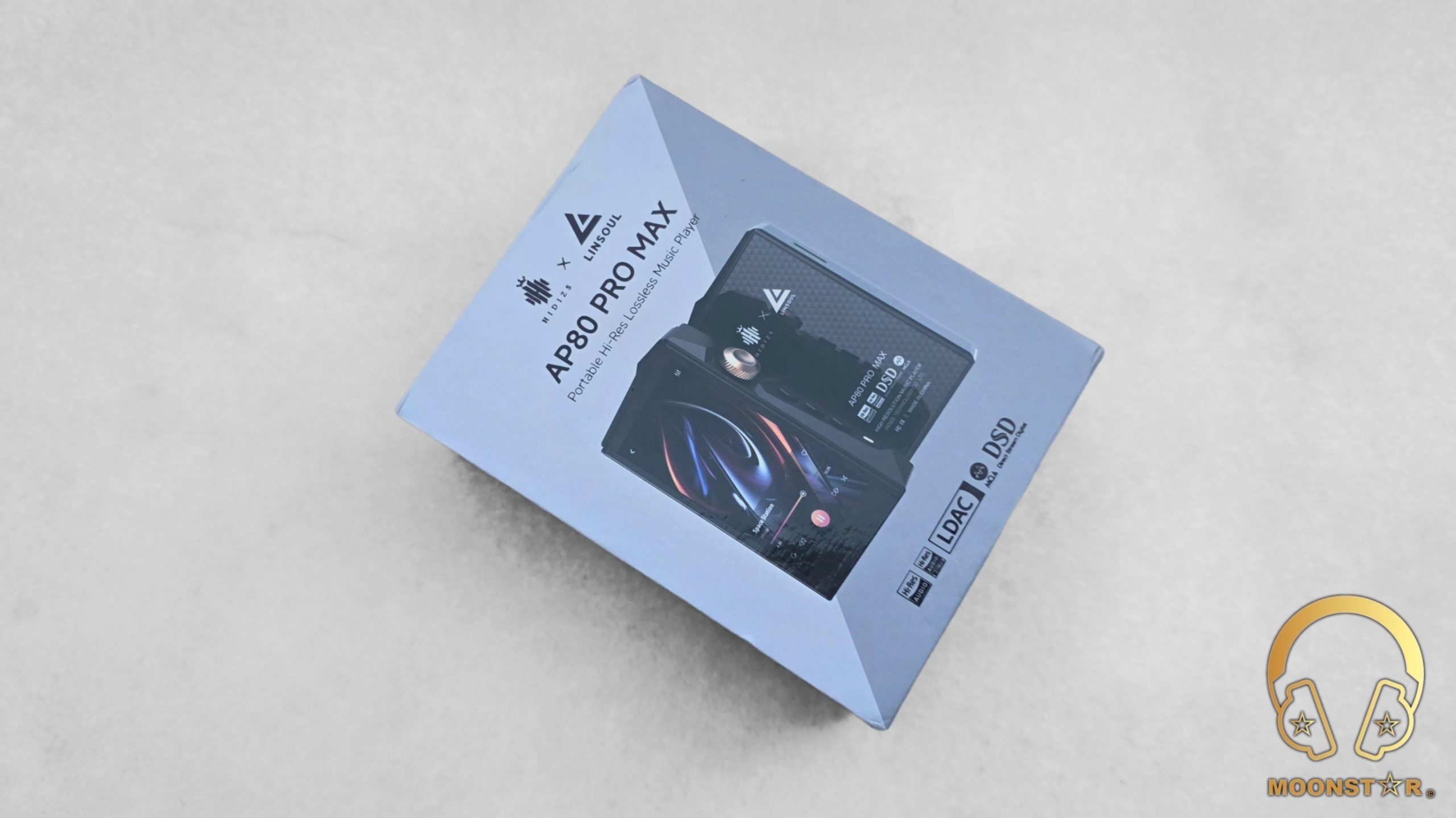
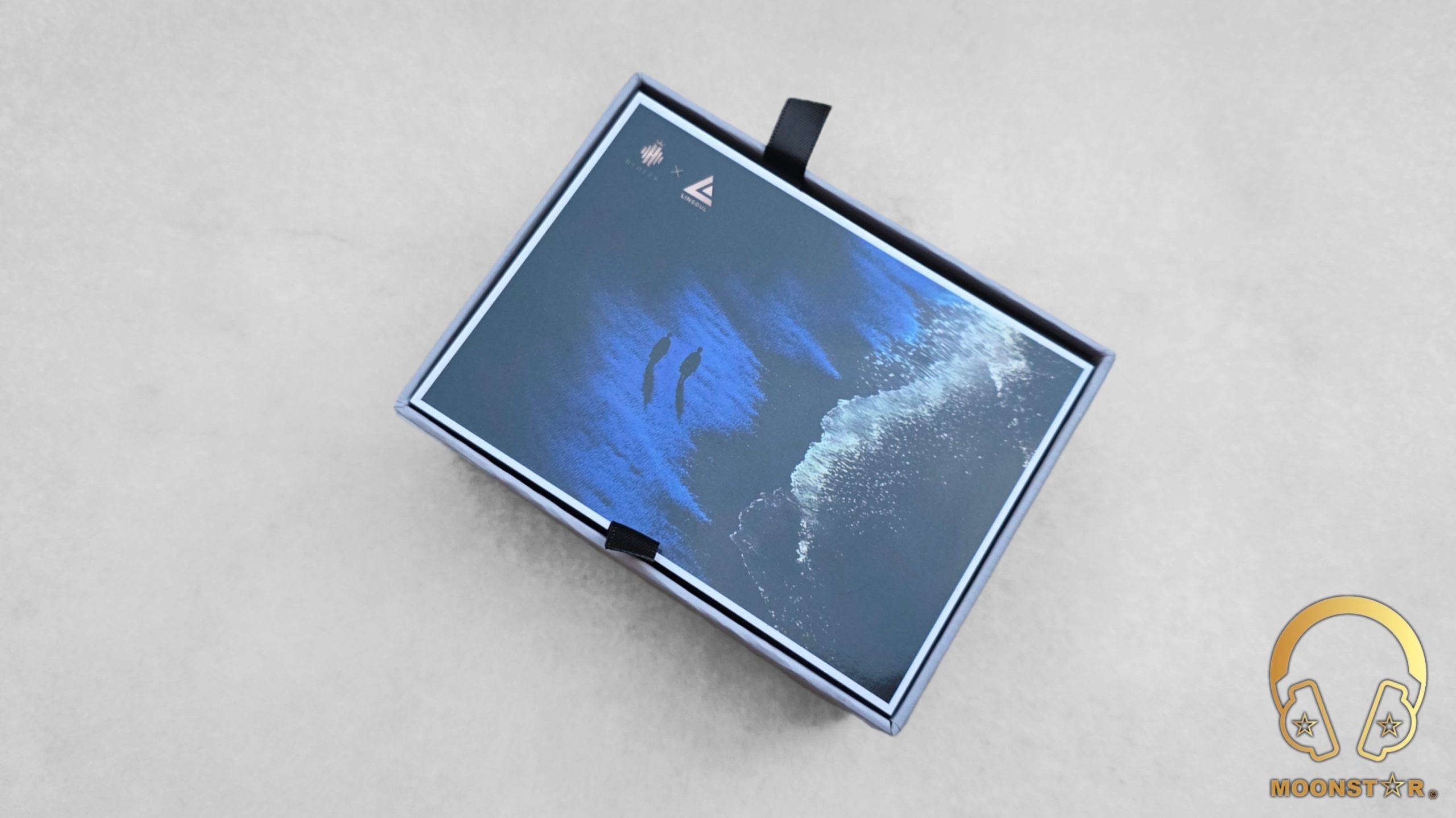

The package includes:
- 1 x HIDIZS AP80 Pro MAX Digital Audio Player
- 1 x USB-C data/power cable
- 2 x Screen Protectors (1 pre-applied on device front)
- 1 x Quick start guide

I noted that a protective case was not included within the standard accessories. While this is sometimes standard practice, I was pleased to find a high-quality, optional leather case available separately, which I would strongly recommend for better long-term protection of the device.

Design & Build Quality:
The Hidizs AP80 Pro MAX is a highly capable and compactly engineered digital audio player. Measuring 82.8 x 51 x 15.5mm and weighing approximately 81g, the device is designed for practical portability and comfortable one-handed use.

Its construction features a precise, CNC-machined aluminum alloy frame, giving it a robust structural quality. The aesthetic is completed by stereoscopic glass panels on both the front and rear surfaces, offering a clean, contemporary look. The AP80 Pro MAX is available in multiple color options, specifically Black, Gray, and Blue.

The front surface features a 2.95-inch IPS HD touchscreen with a 480×640 resolution. This display is driven by the Ingenic X1600E Master Chip and is calibrated to provide clear visuals that remain functional in relative bright conditions.

The rear panel also features a protective glass layer, displaying the necessary Hi-Res Audio certifications and industrial certification and MQA processing capabilities.

User interaction is centered on the controls located on the sides. The right surface integrates the primary physical controls: a prominent, textured Japanese ALPS volume knob with an anodizing in gold color. This knob provides smooth, accurate rotation for volume adjustment and also functions as the power button.

Below the knob are three distinct physical buttons (Play/Pause, Previous Track, and Next Track), allowing users to control playback quickly without relying on the touchscreen.

Here is also a small LED indicator sits near the top, glowing to signal power status or active audio formats, adding a practical touch.

The left surface addresses storage, featuring a covered MicroSD card slot that allows for massive memory expansion, supporting up to 2TB. A functional lanyard hole is also integrated here.

The bottom edge houses the connectivity ports. These include a multi-purpose USB-C port for charging, data transfer, and bidirectional USB DAC operation. The audio outputs consist of a standard 3.5mm single-ended output and a dedicated 4.4mm balanced output.

The combination of premium componentry and a functional, sturdy design positions the AP80 Pro MAX as a competitive and capable device in its category.

Technical Specifications:
- Model: AP80 Pro Max
- Operating System: HiByOS (Linux-based)
- Screen: 2.95” IPS Touchscreen (360×640 pixels)
- DAC: Dual ES9219C
- CPU: Ingenic X1600E
- Wi-Fi Support: 2.4GHz
- Bluetooth: Bluetooth 5.1 (Bi-Directional, LDAC)
- Outputs: 3.5mm Single-Ended, 4.4mm Balanced, USB DAC
- SNR: 119 dB (±2dB) Single-Ended / ±120dB (±2dB) Balanced
- DNR: 120 dB (±2dB) Single-Ended / ±122dB (±2dB) Balanced
- THD+N: 0.0007% (1kHz) Single-Ended / 0.0005% (1kHz) Balanced
- Max Output Power: 112mW (4.4mm Balanced @ 32Ω), 340mW (4.4mm Balanced optimized)
- Storage: MicroSD Card Slot (up to 2TB)
- Battery Capacity: 1300mAh/3.8V
- Play Time: 8−10 hours (BAL), 10−12 hours (PO)
- Charging Time: ∼1 hour (0%−100%)
- Standby Time: up to 60 days
- Dimensions: 82.8×51×15.5mm
- Weight: 81g
- Audio Formats Supported: DSD (DSD64, DSD128, DSD256), PCM (up to 384kHz/32-bit), MQA (up to 16X), WAV, FLAC, APE, AAC, OGG, MP3, WMA, AIFF
- Misc: MSEB tuning, HiByLink, e-book reader

Hardware Features:
The HIDIZS AP80 Pro MAX integrates advanced hardware with HiByOS, delivering a smooth and audiophile-centric experience. The Ingenic X1600E CPU ensures quick navigation and stable wireless connectivity.

Digital to Analog Converter (DAC) and Amplification (AMP):
Featuring dual ES9219C DACs, the AP80 Pro Max demonstrates clear capability in converting high-resolution formats like DSD256, PCM 384kHz/32-bit, and MQA 16X with precision and minimal distortion. The integrated amplifier circuits contribute to an impressive dynamic range of ±122dB DNR and a signal-to-noise ratio of ±120dB, ensuring detailed sound reproduction. The 112mW (up to 340mW optimized) output via the 4.4mm balanced port I found drives a good variety of headphones and IEMs with competent authority. Furthermore, the ultra-low 0.0005% THD+N guarantees a notably clean signal path, which is a key technical strength in my assessment.

Independent Audio Clocks & Supported File Formats:
The device supports an extensive range of formats, including DSD (up to DSD256), PCM (up to 384kHz/32-bit), MQA (up to 16X), WAV, FLAC, APE, AAC, OGG, MP3, WMA, and AIFF, catering to diverse audio libraries.
Dual crystal oscillators at precise frequencies enhance audio accuracy by reducing jitter, ensuring stable timing for all supported sample rates.
Connectivity:
The AP80 Pro Max offers robust connectivity with Bluetooth 5.1 (LDAC, AAC, SBC) for bi-directional audio and 2.4GHz Wi-Fi for streaming via Tidal, Qobuz, DLNA, and AirPlay. The USB-C port supports DAC mode, data transfer, and S/PDIF output, while HiByLink enables smartphone control.

Battery Life:
The 1300mAh/3.8V battery powers the device reliably, officially offering 8−10 hours of continuous playback on the balanced output and 10−12 hours on the single-ended one. This endurance proves more than sufficient during extended listening sessions. In hands-on testing, streaming high-res tracks from Tidal via Wi-Fi at moderate volume levels (around 60%−70%) on the balanced port with the HIDIZS MK12 Turris, the device consistently achieved the upper end of 9−10 hours before needing a recharge, even with occasional Bluetooth connections active.
The single-ended mode stretched this further, making it an ideal companion for long commutes or flights without constant worry about battery drain. Standby time is an impressive 60 days, and it was genuinely impressive that leaving the device idle for a week barely touched the charge, which is quite remarkable for such a small and relatively powerful device. The charging of the device takes about 1 hour from empty to full using a standard USB-C adapter, and the quick-charge capability allowed a quick top-up during a short break, getting back to music without much interruption. Overall, the battery performance appears well-optimized for its compact size, effectively balancing power efficiency with the demands of high-res audio processing.

Software:
The AP80 Pro MAX utilizes HiByOS, which is specifically tailored for high-fidelity audio. Running on the Ingenic X1600E CPU, the system operates smoothly, providing an intuitive and responsive interface that I found to be polished and user-friendly right out of the box. In my experience, the updated UI design features a clean, minimalist layout supported by easy swipe gestures for navigation. Swiping down from the top instantly accesses quick settings for brightness, volume, gain, and connectivity toggles, while side swipes effortlessly handle playlist management. The home screen organizes key sections like Music Library, Streaming Services (with pre-integrated access to Tidal and Qobuz), Wireless Options (including AirPlay, DLNA, and HiByLink), System Settings, and Device Info in a logical grid, making it simple to jump between tasks without lag. The interface’s responsiveness was particularly evident when loading a 1TB library of FLAC files, with the device indexing tracks in under a minute.

A major highlight that I appreciate is the MSEB (Mage Sound 8-Ball) tuning system, HiBy’s proprietary digital audio mastering tool. This goes beyond standard EQ by allowing you to intuitively adjust sound characteristics like tonal warmth, note thickness, vocal forwardness, bass elasticity, and high-frequency airiness through simple sliders.

Additional features like adjustable font sizes improve readability on the 2.95-inch screen, and the e-book reader turns the device into a handy companion for downtime, supporting basic TXT and PDF formats with smooth page turns and a night mode for late-night reading sessions. OTA firmware updates ensure ongoing improvements, and in my usage, HiByLink app integration allowed seamless remote control from my phone. I found adjusting playlists or volume hands-free during workouts or while driving to be a game-changer, with the app mirroring the DAP’s interface perfectly.
Overall, the software emphasizes audio purity and customization, making the AP80 Pro Max feel like a dedicated Hi-Fi tool rather than a generic player, with plenty of room for personalization that caters to both casual listeners and audiophiles.

Equipments used for this review:
- DAC’s : HIDIZS AP80 Pro MAX
- IEM’s : HIDIZS MK12 Turris, HIDIZS MS2 Pro
- Cables : Stock 4.4mm balanced cables for MK12 Turris and MS2 Pro

Albums & Tracks Used for this Review:
Vocal Jazz / Smooth Jazz
- Norah Jones – Come Away With Me (Flac 24bit/96kHz)
- Diana Krall – So Wonderful (DSF)
- Barry White – Just The Way You Are (Flac 24bit/48kHz)
- Isaac Hayes – Walk On By (Flac 16bit/44.1kHz)
- Sting – Englishman in New York (Flac 24bit/48kHz)
- Otto Liebert & Luna Negra – The River (Flac 24bit/192kHz)
- Ferit Odman – Look, Stop & Listen (Flac 24bit/192kHz)
- Charly Antolini – Duwadjuwandadu (Flac 24bit/192kHz)
Soul / R&B
- Aretha Franklin – I Say A Little Prayer (Flac 24bit/96kHz)
- Adele – My Little Love (Apple Lossless)
- George Michael – Don’t Let the Sun Go Down on Me (Flac 24bit/192kHz)
- Eric Clapton – Wonderful Tonight (Flac 24bit/96kHz)
Pop / Rock Classics
- Michael Jackson – Billie Jean (Flac 24bit/96kHz)
- Elton John – Rocket Man (Flac 24bit/96kHz)
- David Bowie – Heroes (Flac 24bit/192kHz)
- U2 – Sunday Bloody Sunday (Flac 16bit/44.1kHz)
- Lorde – Royals (Flac 24bit/48kHz)
- Dave Gahan – Kingdom (Apple Lossless)
Electronic / Experimental
- Daft Punk – Instant Crush (Flac 24bit/96kHz)
- Daft Punk – Doin’ it Right (Flac 24bit/96kHz)
- Bro Safari, UFO! – Drama (Apple Lossless)
- Armin Van Buuren – Vini Vici (Flac 16bit/44.1kHz)
- Yosi Horikawa – Bubbles (Apple Lossless)
- Toutant – Rebirth (Apple Lossless)
Alternative / Indie / Art Rock
- Radiohead – Live in Berlin “Album” (Apple Lossless)
- Radiohead – Pyramid Song (Apple Lossless)
- Muse – Hysteria (Flac 24bit/96kHz)
- Red Hot Chili Peppers – Nobody Weird Like Me (Flac 24bit/48kHz)
- Lunatic Soul – The Passage (Flac 16bit/44.1kHz)
- Portishead – It Could Be Sweet (Apple Lossless)
- Gogo Penguin – Raven (Flac 24bit/192kHz)
- Gogo Penguin – Murmuration (Flac 24bit/192kHz)
- Massive Attack – Angel (Flac 24bit/48kHz)
- Bear McCreary – Valkyries (Apple Lossless)
Classical / Orchestral
- Max Richter – On the Nature of Daylight (Flac 24bit/96kHz)
- Chopin – Nocturne No. 20 in C-Sharp Minor (Flac 16bit/44.1kHz)
- Clair de Lune – Claude Debussy (Apple Lossless)
- Tchaikovsky – Symphony No. 5 (Flac 16bit/44.1kHz)
- Vivaldi – Le Quattro Stagioni “The Four Seasons” (Apple Lossless)
- Fazıl Say – Nazım Oratoryosu (Live) (Flac 16bit/44.1kHz)
Jazz / Instrumental
- Miles Davis – So What (Apple Lossless)
World / Traditional
- Sertap Erener – Aşk (Flac 16bit/44.1kHz)
- Edith Piaf – Non Je Ne Regrette Rien (Flac 16bit/44.1kHz)
Metal / Progressive Rock
- Metallica – Dyers Eve (Flac 24bit/96kHz)
- Metallica – Sad but True (Flac 24bit/96kHz)
- Megadeth – Sweating Bullets (Apple Lossless)
- Opeth – Windowpane (Flac 16bit/44.1kHz)
- Deftones – My Own Summer (Shove It) (Flac 16bit/44.1kHz)
- Rush – Tom Sawyer (Flac 16bit/44.1kHz)
- Slayer – Angel of Death (Apple Lossless)
- Liquid Tension Experiment 2 – Acid Rain (Apple Lossless)

The Sound:
The HIDIZS AP80 Pro MAX delivers a balanced sound profile with an immersive presentation. The bass response is powerful and controlled, providing a solid foundation that does not detract from midrange clarity. Vocal and instrumental reproduction is detailed, supported by a rich lower midrange that contributes depth. The treble is detailed and airy, which expands the perceived soundstage, contributing to a sense of openness and realism across various music genres.
This analysis was conducted after a burn-in period of approximately 70 hours for the dual ES9219C DACs. Impressions were primarily drawn from the 4.4mm balanced output, utilizing its up to 340mW of power. The primary pairings were the HIDIZS MS2 Pro and MK12 Turris IEMs with their stock 4.4mm balanced cables. No MSEB or EQ adjustments were applied, allowing for an evaluation of the device’s inherent sonic signature.

Bass:
The HIDIZS AP80 Pro MAX produces a clean and capable bass response that achieves a functional balance between impact and precision, which I found surprising for a device in this class. The sub-bass provides a decent presence that extends to the lower frequencies, establishing a firm sonic foundation. However, I noticed the ultimate deep sub-bass texture can sometimes feel slightly smoothed over when compared directly to higher-end models. When using the hybrid MS2 Pro, the sub-bass had increased perceived weight, delivering a more textured and tactile feel, enhancing the impact of low-end synths while maintaining a quick decay to prevent audible muddiness.
With the dynamic driver MK12 Turris, the bassline showed definition and clear articulation, remaining separate from vocals and atmospheric instrumentation. The mid-bass section is reasonably full and engaging, adding warmth and rhythmic drive to instruments. Its controlled nature is key to ensuring clarity and speed, preventing significant bloom or audible overhang even in complex, fast-paced tracks. The device’s up to 340mW balanced output power helps drive these pairings effectively, delivering performance strong for its category.

Midrange:
In the midrange, the AP80 Pro MAX offers a clear and natural presentation that allows vocals and instruments to project well, providing solid sound reproduction for its segment. Vocals are reproduced with good clarity, nuance, and detail, occupying defined spaces in the mix without sounding overly recessed or forward. The lower midrange is tuned to contribute some richness and depth, adding body to male vocals. When paired with the dynamic driver MK12 Turris, baritone vocals gained a noticeable warm, intimate character.
Conversely, the hybrid MS2 Pro emphasized instrumental reproduction across this band, making acoustic instruments and piano notes sound suitably weighty and resonant, while female vocals showed decent articulation in the upper midrange, maintaining energy without approaching undesirable harshness or sibilance. The separation within the midrange is effective for most music, allowing complex musical arrangements (e.g., chamber ensembles) to unfold without severe confusion. However, in exceptionally layered and busy tracks, I observed the midrange can show a slight tendency toward minor congestion compared to reference-tier sources.

Treble:
The treble performance is characterized as detailed, extended, and generally airy. I found this provides a listenable and non-fatiguing experience over long periods, which is a notable trait for a device of this type. The lower treble region delivers competent transient detail for high-frequency elements like cymbals and hi-hats, successfully preserving clarity while avoiding sharp peaks or harshness. When tested with the MK12 Turris, subtle drum brushes and cymbal crashes were rendered with crisp, fine definition, highlighting the DAC’s precision. The hybrid MS2 Pro tended to present a slightly smoother, more refined treble character, where high-frequency percussion retained its necessary attack and bite but avoided sibilance, making it suitable for brighter masterings.
A minor, low-level audible noise floor (hiss) was detected in silent passages or at very low volumes on the high-gain balanced output. The upper treble extends adequately, offering a sense of sparkle and spaciousness that enhances the overall airiness of the sound field. The low distortion provided by the dual ES9219C DACs ensures a clean, well-controlled response that avoids audible roll-off or irregular peakiness at the highest frequencies.

Soundstage & Imaging:
The HIDIZS AP80 Pro MAX typically creates a reasonably wide and deep soundstage presentation, providing enough air for clear placement of vocalists and instrumentalists. When used with the MK12 Turris, I perceived the stage width was good, offering clear separation and positioning instruments with decent accuracy across the stereo image. This presentation includes a fair sense of depth, contributing a pleasant sense of space to the sound. The MS2 Pro offered a similarly competent but slightly more focused stage, which aided the layering of complex tracks and kept vocals well-centered. The soundstage’s coherence and imaging are generally clean, helping complex music feel organized and engaging, supported by the balanced output’s power for improved spatial rendering.

Conclusion:
In concluding my time with the HIDIZS AP80 Pro MAX, I feel this compact digital audio player confidently achieves its goal of delivering a high-fidelity experience in a portable format. The device pairs a remarkably solid physical build and efficient battery life with the smooth, customizable HiByOS software, offering functionality that goes beyond basic playback. The sound performance, driven by the dual ES9219C DACs and potent 340mW balanced output, is genuinely strong for its category. It consistently delivers clean, capable bass, a clear and engaging midrange, and detailed, airy treble that avoids fatigue. While I noted some minor limitations specifically a slight smoothing of ultimate bass texture compared to much higher-end models and the presence of a low-level noise floor with highly sensitive IEMs these drawbacks are generally outweighed by the overall musical competence and flexibility it offers.
The ability to fluidly integrate features like Wi-Fi streaming, MQA decoding, and the powerful MSEB tuning tool into such a small, sturdy package makes the AP80 Pro Max a versatile audio companion. I can confidently say it represents an excellent value proposition, positioning itself as a highly recommendable choice for users seeking robust performance and comprehensive features without the bulk of larger, more expensive players.

Pros & Cons:
- + Balanced, detailed sound with good level clarity
- + Premium CNC-aluminum build with dual-glass panel
- + Intuitive HiByOS with MSEB sound tuning option
- + Versatile connectivity (Wi-Fi, Bluetooth, USB DAC)
- + Long standby time and quick charging
- + Impressive value for money!
- – Minor high-gain hiss (sensitive IEMs).
- – No internal memory
- – Streaming capabilities are limited to Tidal and Qobuz

